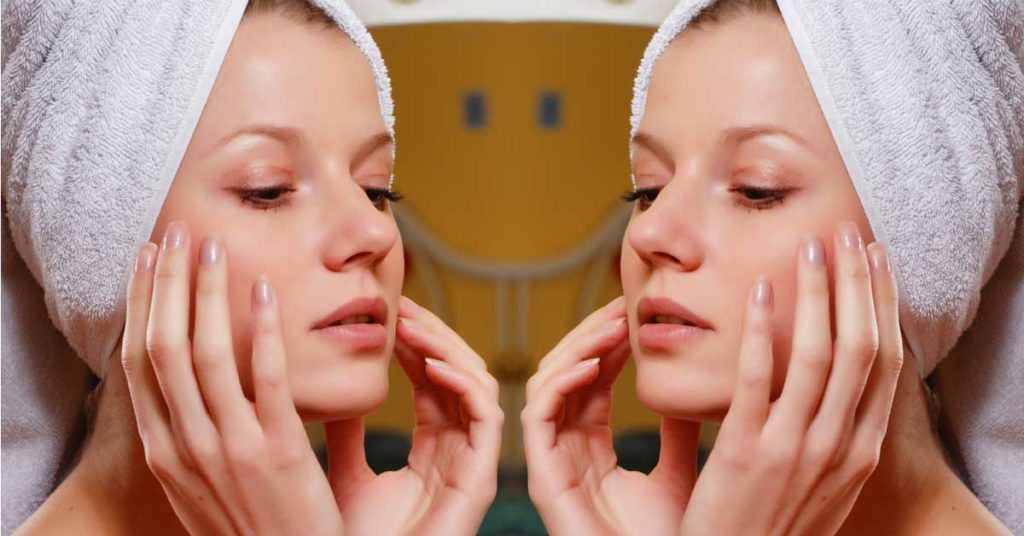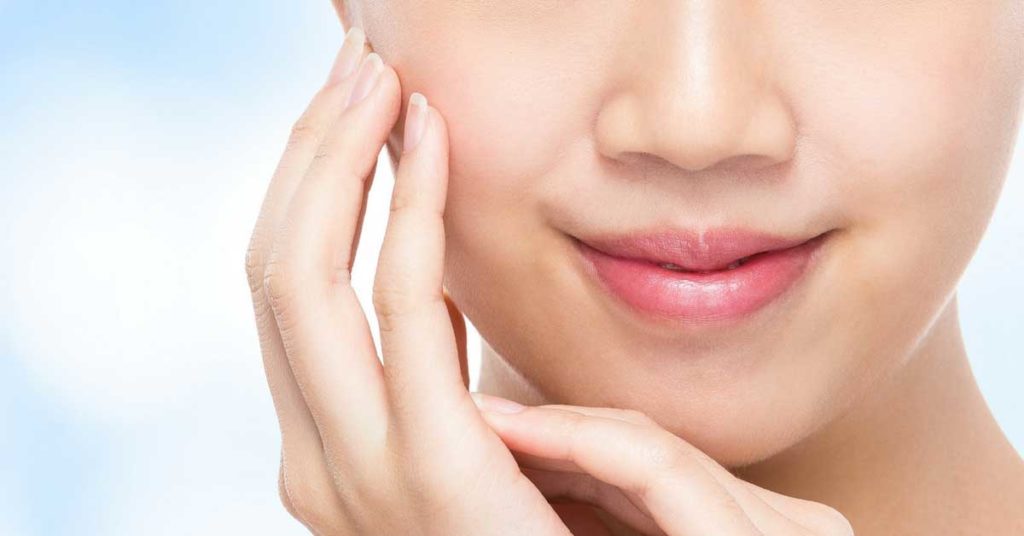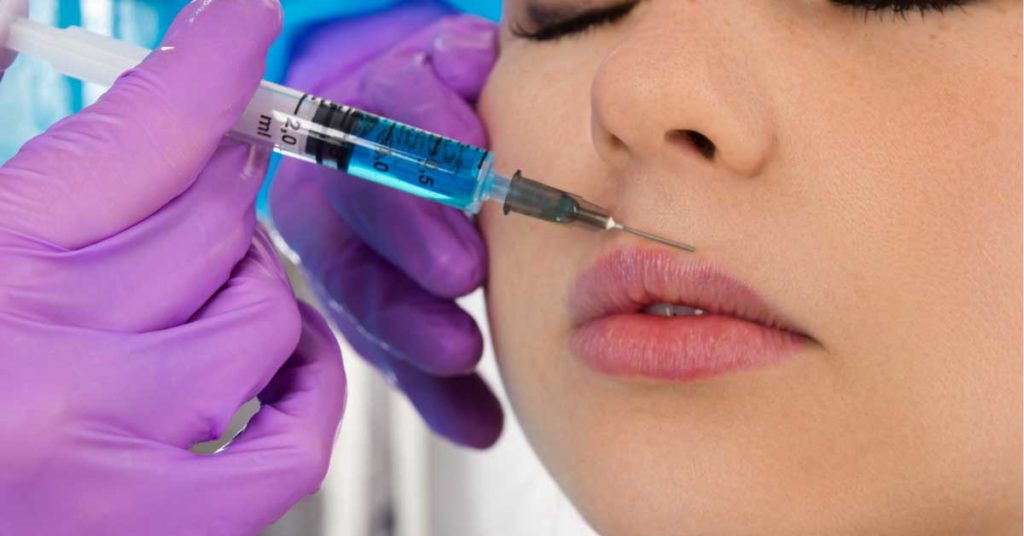You’re curious about smoothing out lines and wrinkles, and automatically think “I want Botox.” But after speaking with your provider, it turns out there is a second option – Dysport.
What is Dysport and will it provide the same effect as Botox? The simple answer is: Dysport is simply a different brand of the same active ingredient that is in Botox. And yes, it will provide the same effect as Botox.

Dysport was successfully imported to the U.S. from Europe in 2009 and provided an alternative to Botox for dermatologists and consumers.
Both Botox and Dysport are neuromodulators and are extremely effective in smoothing out the perpendicular frown lines between eyebrows, the horizontal lines across the forehead, crow’s feet, wrinkles around the neck and nasal area, and eyebrow lines.
The differences between Botox and Dysport have in the past been compared to the difference between Bayer Aspirin, Excedrin and Anacin. All have the exact same active ingredient, aspirin.
What are the similarities between Dysport and Botox?
- Both products are neuromodulators that are powered by the derivatives of the same bacterium, botulinum toxin type A.
- Both work by relaxing the specific muscles in a person’s face that are either over-active or that cause frown or furrowed brow lines, crow’s feet and other wrinkles.
- The beneficial results of both Botox and Dysport can last anywhere from 3-4 months.
- They can also both be used as a medical treatment in other parts of the body.
What are the differences between Dysport and Botox?
- Botox is made by Allergan, and Dysport is made by Medicis Aesthetics.
- Botox shows results usually between 5-7 days after being administered, while Dysport takes effect in many people a full 48 hours sooner, and a minority of people seeing effects in as soon as a day.
- The smaller size of the molecules and less number of proteins in Dysport means it spreads more widely and evenly from the injection site than Botox.
- Many clinical practitioners, experienced with both products, have observed that Botox is especially good at extremely specific and targeted wrinkle corrections, while Dysport, due to its wider and more even diffusion, holds the edge in targeting imperfections like crow’s feet or forehead wrinkles.
Wrapping Up
Finally, it must be said that healthy competition is never a bad thing. Allergan had a virtual monopoly in the U.S. in this market for nearly 20 years, while in Europe both Dysport and Botox were being used for a long time as well.
Hopefully you now have a better understanding of the differences, and similarities, of these products. And, are well armed with information when discussing these two options with your treatment provider.
When it comes to injectables like Botox or Dysport, while there are some differences that might sway you, the skill and expertise of exactly who is doing the injecting is the most important factor here, so research your practitioner and make sure to ask plenty of questions. This is not so much for safety reasons, as both Dysport and Botox are very safe in general, but because avoiding annoying side-effects and achieving the most desirous, positive and long-lasting results are what matter.

